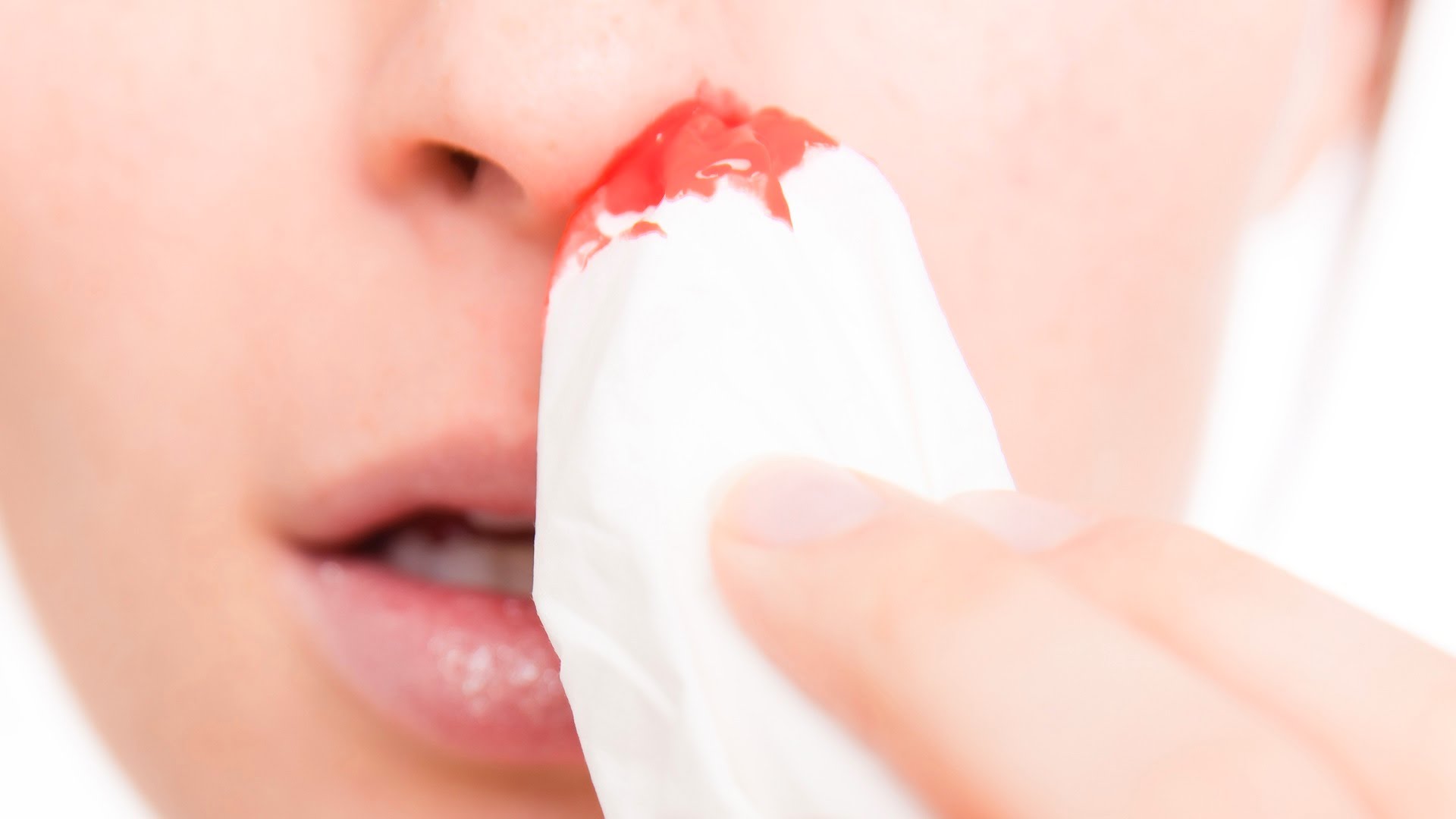Knowing how to make your nose bleed can help you in escaping a number of awkward situations. However, it isn't that easy to get your nose bleeding. The following are some methods that can help you in faking a nose bleed realistically or having a real nose bleed with little to no pain.
How to Make Your Nose Bleed Without Pain
The method listed below shows you how to have nose bleeding with fake blood, which does not cause you any pain.
1. Prepare Your Fake Blood
Fake blood is not that difficult to prepare. Just mix 1 cup of light corn syrup, 2 tablespoons each of corn starch and red food color, 1 tablespoon water and 2-3 drops of blue or green food color in a bowl and mix thoroughly to dissolve the cornstarch. You can make the fake blood thicker or thinner by increasing the quantity of cornstarch and water respectively. The green or blue food color can give the blood a brown tint.
 2. Use an Eye Drop
2. Use an Eye Drop
Squeeze the bulb to expel the air present in the tube of the eye dropper, dip it into your fake blood and release the bulb to draw some fake blood into the dropper. You can make use of a syringe or some other tool too, but make sure that its tip is small and can fit into the nostrils.
3. Squeeze the Fake Blood into Your Nose
To get the fake blood into your nose, you will have to tilt your head back a bit and then insert the dropper's tip into your nose. It is better to do this while standing in front of a mirror so that you can see your nostrils clearly. Release the fake blood into the nostril by squeezing the bulb slowly. Make sure not to inhale sharply during this process.
4. Inhale Air Slowly
Take shallow breaths through the nose and sniff just enough to get the blood into the upper portion of the nostril. Blood will escape prematurely from the nose if you don't sniff enough but sniff too much and the blood will be drawn into the sinus passages, which can sting quite badly.
5. Exhale and Have a Real Nose Bleed
When the nosebleed is required, stop inhaling and exhale gently through the nose to let the blood will trickle out of the nose in form of a stream. Make sure not to exhale forcefully or the fake blood will start gushing out of the nose.
Other Methods to Make Your Nose Bleed
Besides the fake blood method, there are many other answers available to the question "How to make your nose bleed". Here are a few of them:
1. Pick Your Nose
Eroding the blood vessel present inside the nose by constant nose picking can easily give you a nosebleed.
2. Hit Your Nose
Nosebleeds can be induced by hitting the nose as it can result in a fracture or rupture of the blood vessels inside the nose.
3. Blow Your Nose Hard
Nosebleeds can also occur if you blow your nose too hard, especially if you often get nosebleeds. Blowing can displace blood clots that had stopped the bleeding earlier and make your nose bleed again.
4. Blow to the Head
You can get a nosebleed if you hit your head hard with something or land on your head during a fall.
5. Dry It Out
You can make your nose bleed by drying out your nasal passages. Just try inhale cold air through your nose using dry ice, or you can use a hair dryer to dry your nose out.
6. Try Nasal Decongestants
Nasal decongestants are known to dry the nose while clearing the nasal passages. So, they can be used for nosebleeds too.
7. Use High Altitude
Higher altitudes have drier air and elevate your blood pressure which can result in a nosebleed. So, if you want to get a nosebleed try going to a higher altitude.
8. Drug May Help
Nasal sprays, blood thinners and cocaine can all be used for triggering nosebleeds, but they can be dangerous and are thus not recommended.
When to Seek Medical Care
Nosebleeds don't cause long-term effects if they are treated properly. Anemia and dizziness can occur though if too much blood is lost. Since you have known how to make your nose bleed, you also have to know when getting to the hospital becomes necessary:
- Bleeding continues for 10 minutes even after pinching the nose.
- Nosebleeds occur repeatedly over a short period.
- You feel light-headedness or dizziness.
- You have difficulty in breathing.
- You are vomiting blood.
- You experience fever or rash.
